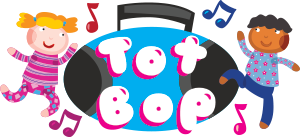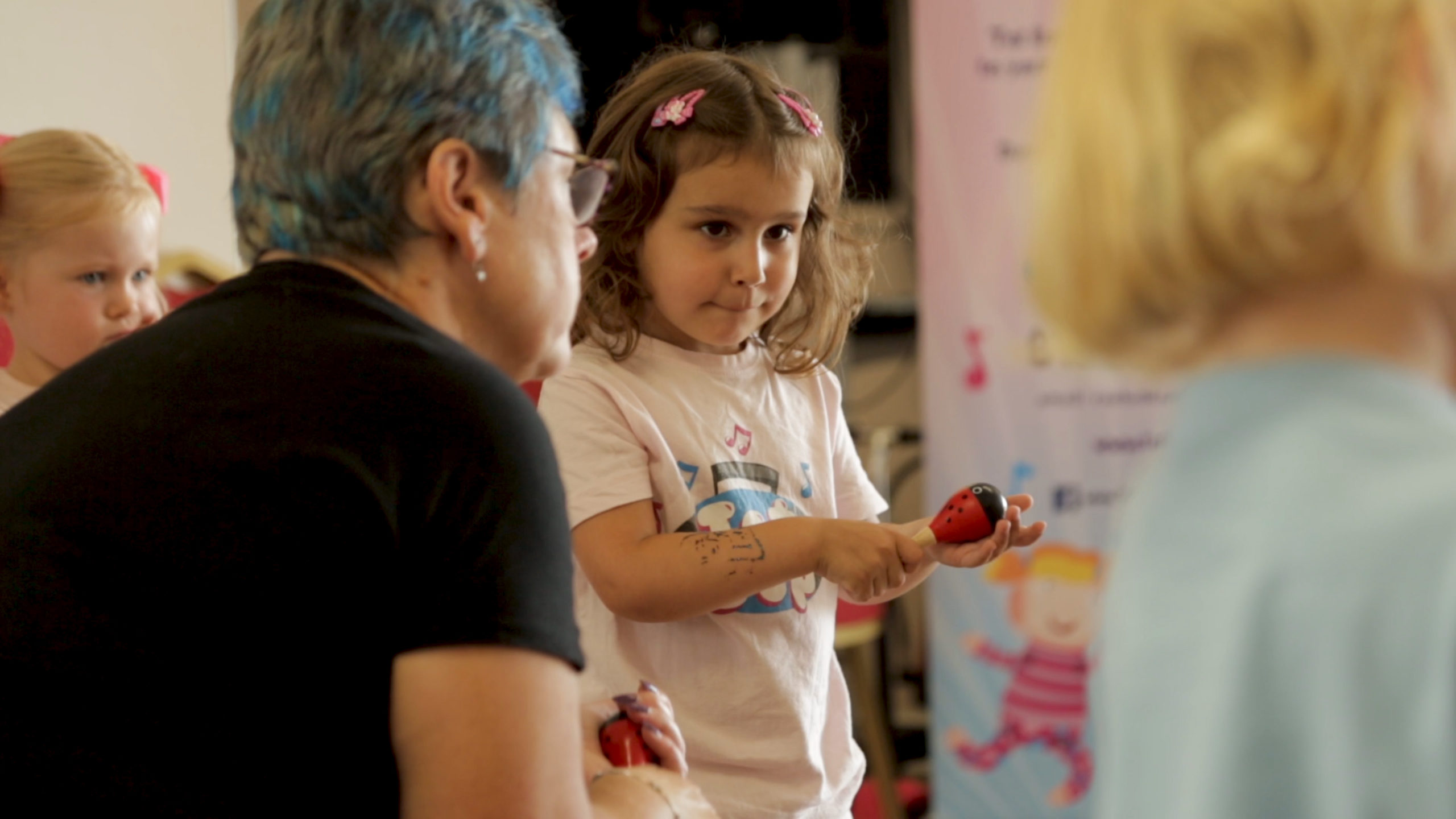‘But it’s a dance class, not a music class’ I hear you cry! Yes, but isn’t music an integral part of dance?
When I was a child, I was lucky enough to have the opportunity to play 2 musical instruments (flute and violin in case you’re interested) and attend a youth music centre on a Saturday, where I got to play in orchestras, wind bands and quartets. My youth was a busy one as I was also dancing most other nights of the week. My musical knowledge has always stayed with me, even though if I picked up a violin these days it would probably sound like a strangled cat! Music has brought me so much and really helped my dancing, especially as I got more and more serious about it as I got older. My understanding of rhythm, the musical phrase and the highs and lows of both volume and style, helped my dancing enormously as I learnt how to translate my musicality into movement. Music and dance became my emotional and expressive outlet.
When I first started choreographing and casting professional shows, musicality and self expression became an integral part of what I would look for in my cast, as this quality would really bring the choreography to life. Even now, when I go and see a piece of theatre or dance, my eye is always drawn to the performers who have that extra sense of musicality and rhythm. They seem to be living it in their soul somehow, which results in making sense of the choreography.
How is this relevant to Tot Bop? Simply that if musicality and rhythm are one of the core qualities in a dancer, we need to start teaching it right from the word go! Rhythm in itself has so many benefits in child development; helping speech and language development, early numeracy, supporting the development of motor skills and co-ordination and promoting social interaction and emotional expression.
How do we introduce rhythm in our Tot Bop classes?
Firstly, most of the music we use in all our Tot Bop classes has a beat, even the nursery rhymes in the younger classes. This supports the development of motor skills and co-ordination as children learn to move their bodies in synchrony with rhythmic patterns. Dancing, clapping or playing musical instruments can really enhance their physical abilities.
We also ensure every Tot Bop class has a dedicated rhythm or music section, where each child uses a shaky instrument to make a rhythmic pattern that matches the music. Rhythm itself helps in language and cognitive development. The rhythmic patterns in nursery rhymes and when counting at different speeds helps children recognize and differentiate sounds, syllables and words. This can contribute to improved language skills, including vocabulary, pronunciation and even reading readiness.
Likewise, when counting to the beat, children are actively putting sounds to counts, which not only helps them with early numeracy and understanding numbers, but also introduces the concept of the musical phrase. The musical phrase is like a sentence in the conversation of a piece of music. You can hear when in starts and when it finishes. When the children become used to this, they really start developing their understanding and sense of musicality.
Rhythm also promotes social interaction and emotional expression. Participating in rhythmic activities, such as singing or group dancing, fosters a sense of community, co-operation and turn-taking. It also allows children to express their emotions and creativity through movement and music.
How does the music section develop through the classes?
As the children get older, the ‘rhythm’ section becomes the ‘music’ section. In this part of the class, from age 2.5 years, we introduce the children to a variety of musical genres under the umbrella of ‘popular music’. Examples include Charleston, Rock n Roll, Reggae, Blues, Salsa, Funk, Rock, Hip-Hop. We also include a few cultural genres, such as Indian and African.
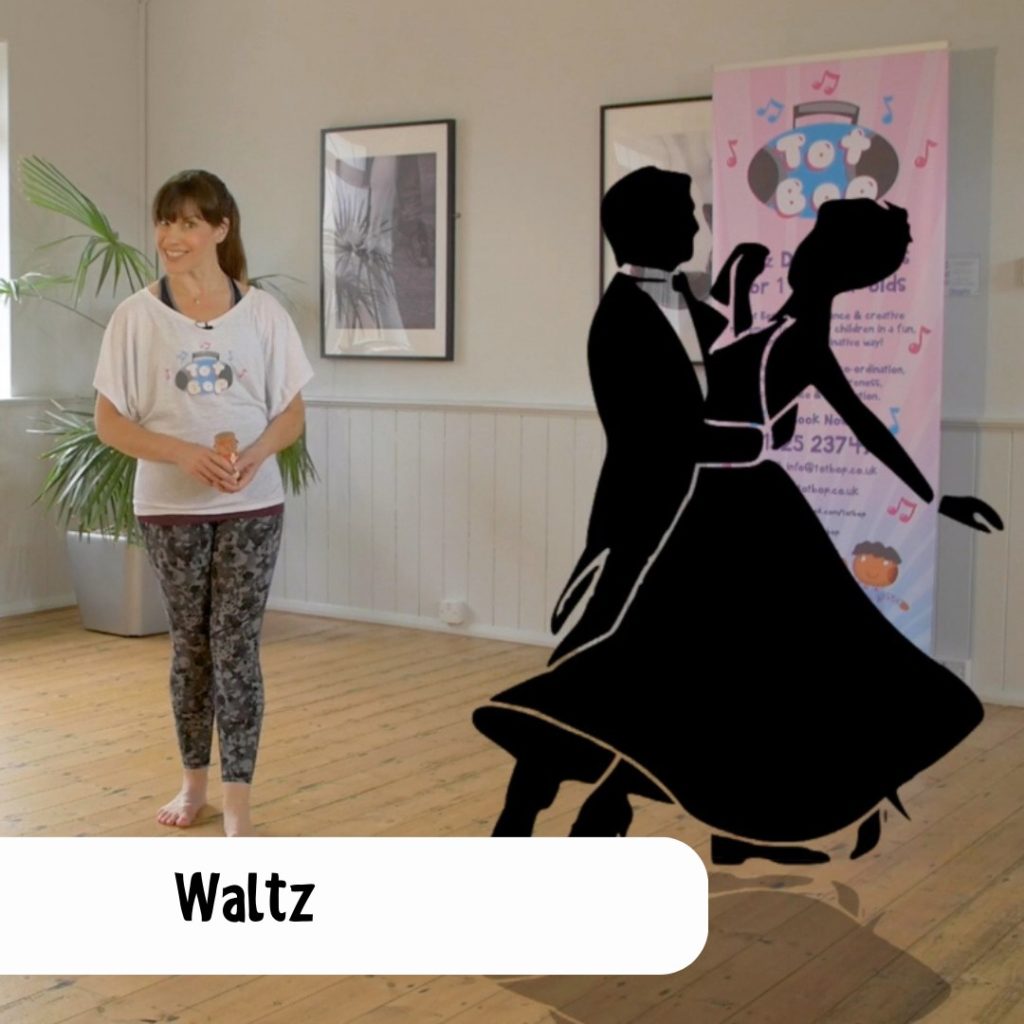
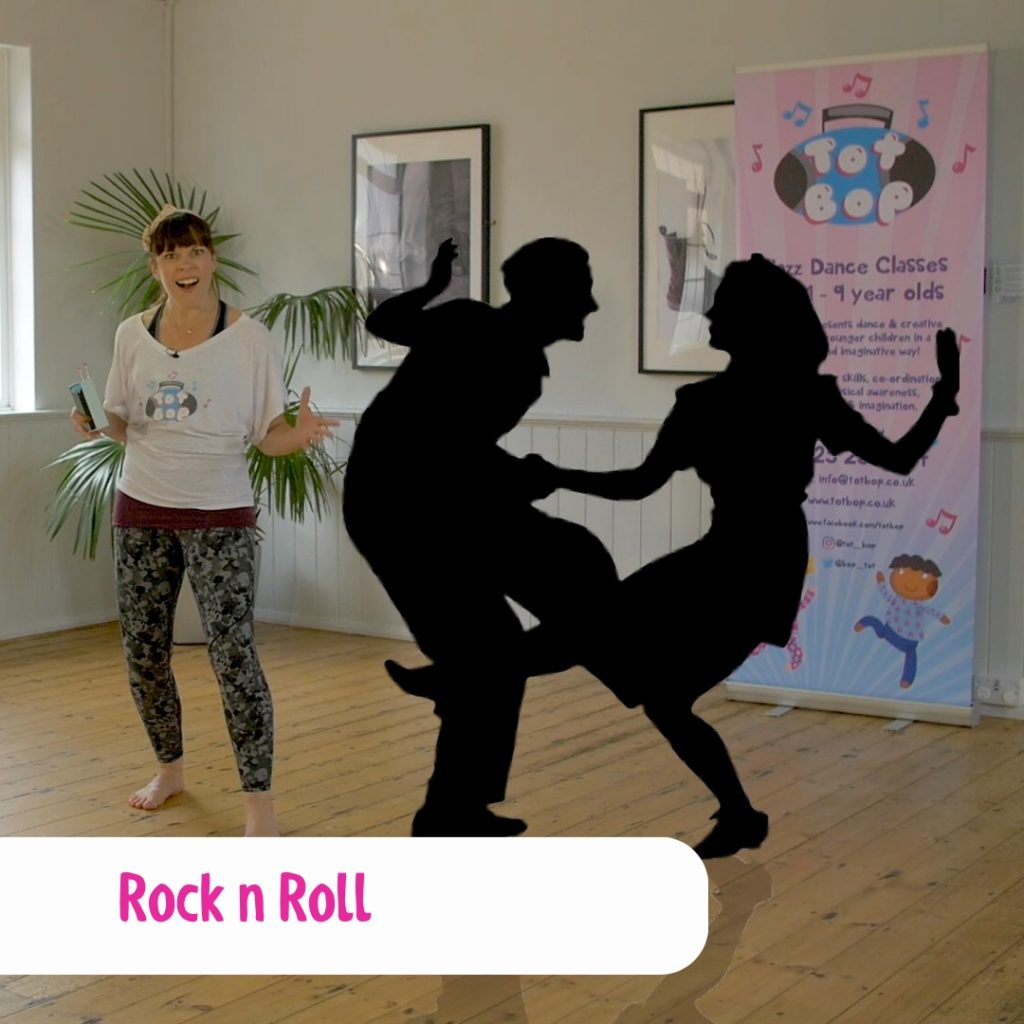
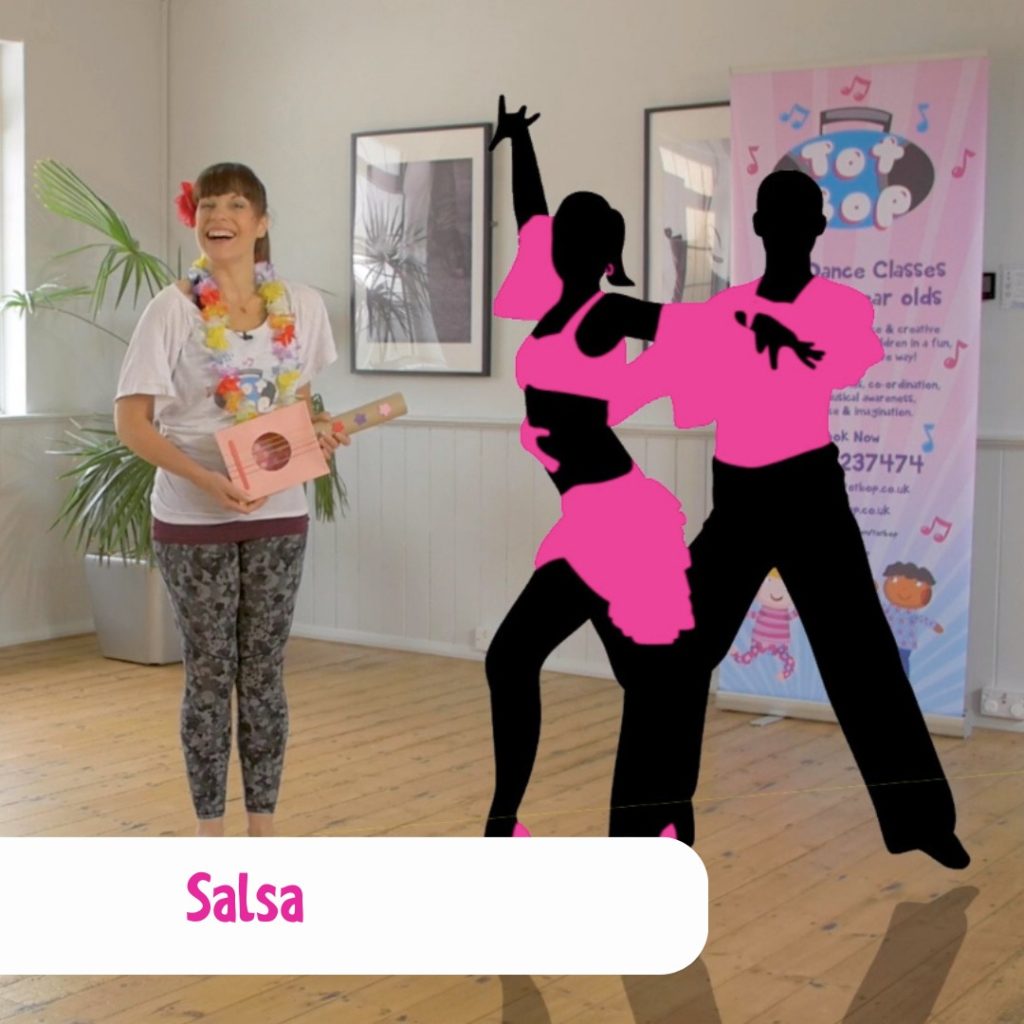
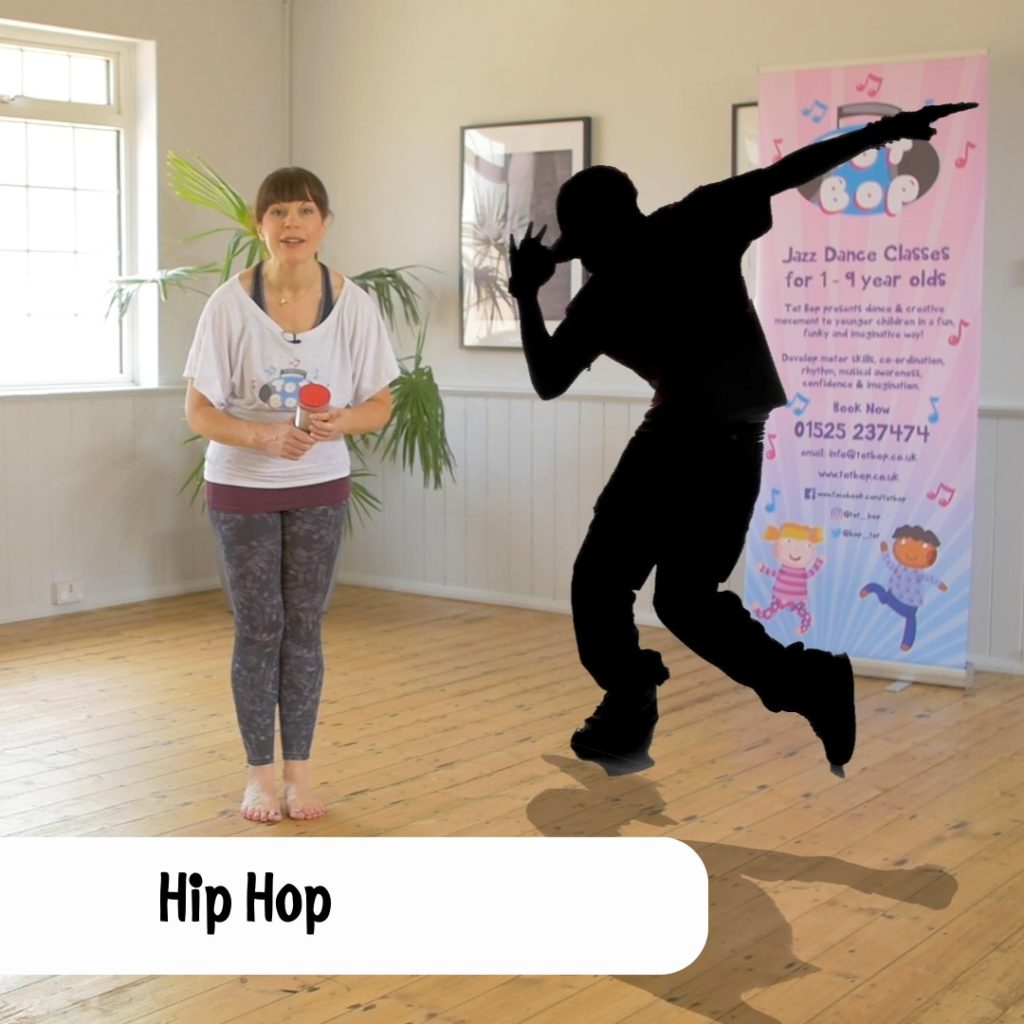
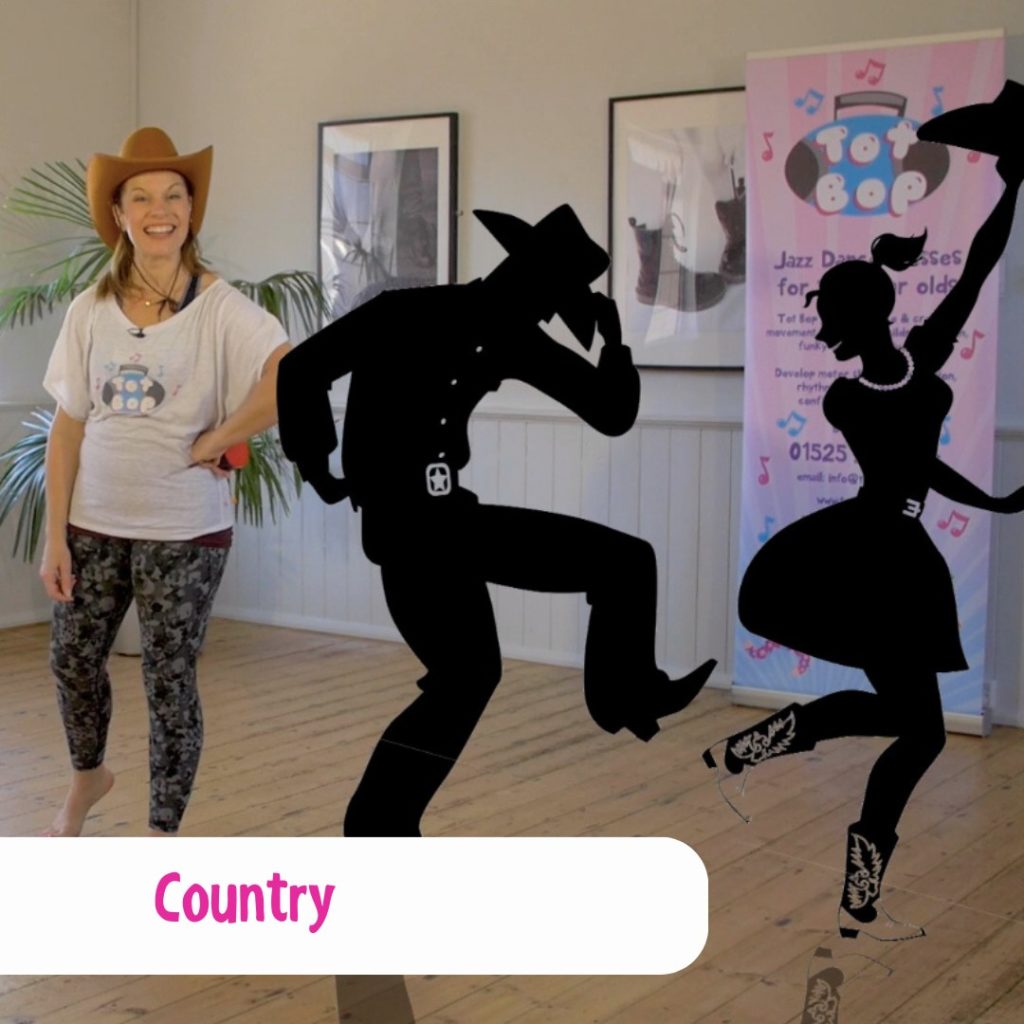
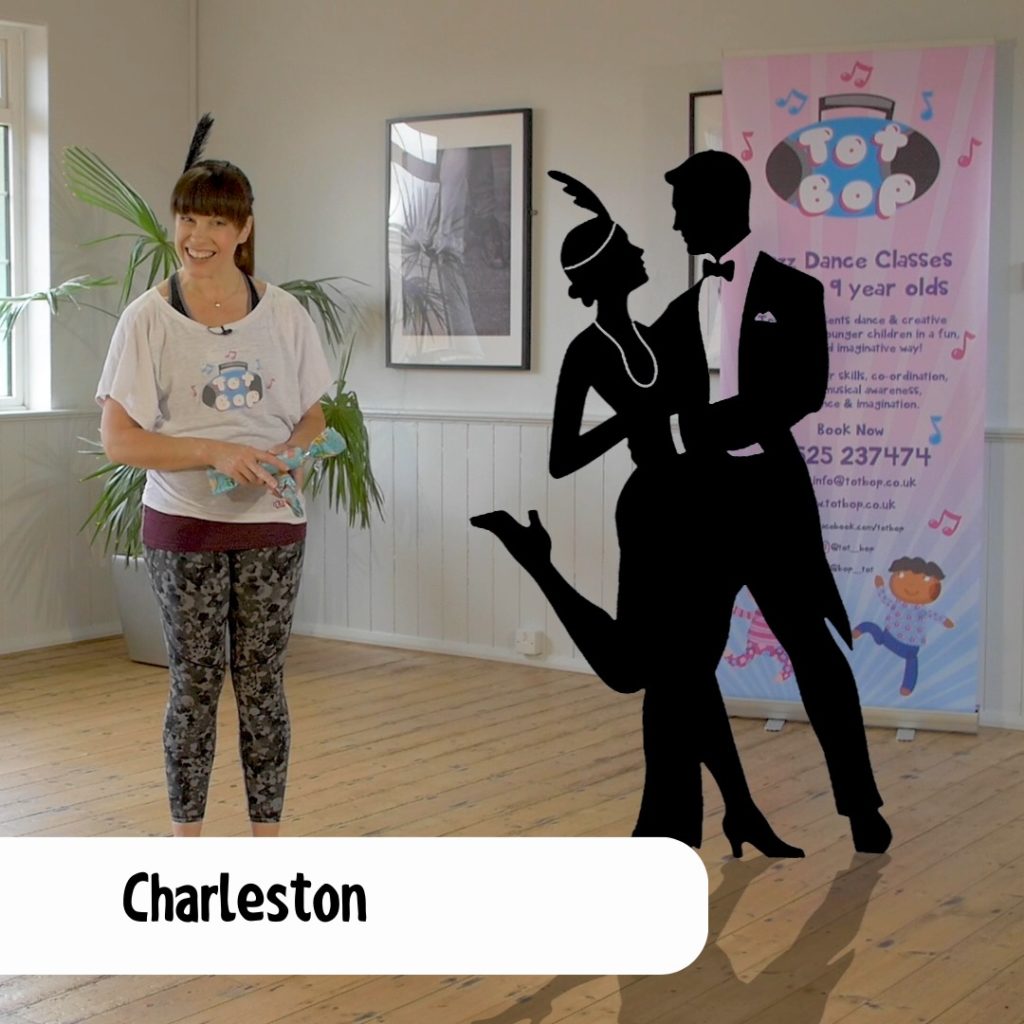
In this section of the class, children learn a simple rhythmic pattern and an accessible movement pattern to match the style of the music. The movement helps bring the genre to life for the children and it’s a really fun way to introduce the children to different ways of moving. All this greatly benefits child development in several ways …
- Cultural Appreciation; exposure to diverse musical genres exposes children to different cultures, traditions and ways of expressing oneself.
- Cognitive Development; listening to different musical genres enhances cognitive skills such as pattern recognition, memory and auditory processing. Each genre has unique musical elements, rhythms and structures, challenging children’s brains and expanding their cognitive abilities.
- Emotional and Expressive Outlet; different genres evoke various emotions, allowing children to explore and express their feelings. From the spicy liveliness of Salsa to the heavy weightiness of Blues, exposure to diverse genres helps children develop emotional intelligence and provides them with an outlet for self-expression.
- Creativity and Imagination; exposure to a wide range of musical genres encourages children to think creatively and expand their imaginations. This is more appropriate as the children get older and into our Groovy Movers (age 5-9) class, where they start building their creativity around the music.
Encouraging an awareness of different musical genres allows children to embrace diversity, enhance cognitive abilities, express themselves emotionally and nurture creativity. It enriches their overall development and broadens their perspectives.
In my early teaching career, it was definitely been a dream of mine to create a dance syllabus which includes a rhythm and music section for young children, as I believe the benefits to be so valuable. Now it’s a reality, I’m confident to say it’s working really well and contributes to the rich tapestry of what children gain from our Tot Bop classes. If you’d like to come along to experience a Tot Bop class for yourself, click here to either join a class or book a trial.
We look forward to welcoming you along soon.
Rachel x
